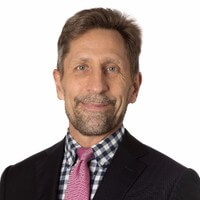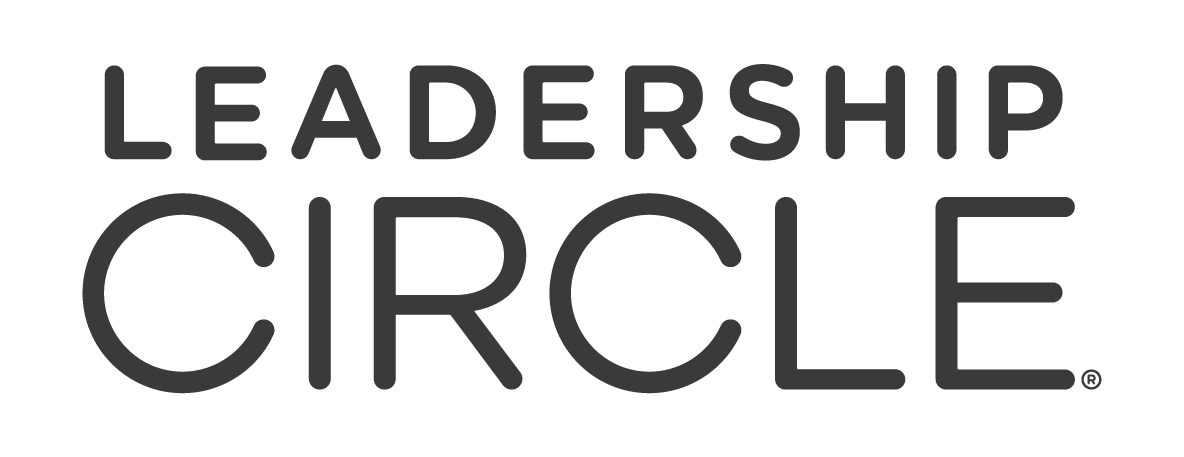Why is large-scale institutional change so hard? Many organizations observe that “our current way of working is not working for us.” They may recognize that they are bureaucratic, silo-oriented, or slow. They may be struggling to attract the best talent or notice that the people they are serving are becoming increasingly frustrated. The leadership may conclude “we have become dysfunctional.” And yet, change can be hard. Why?
When seeking to answer difficult questions, it can sometimes help to highlight the issues from a new angle, or to reason by analogy. An analogy that may help us understand the difficulty of institutional change is the way scientific communities shift from one model to another.
Thomas Kuhn studied such shifts in detail and published many of his insights in The Structure of Scientific Revolution (1962). I had the privilege of studying his work during my masters-level philosophy classes when I focused on the philosophy of science. Kuhn observed that science often progresses in small, incremental steps through the patient accumulation of observations and a steady refinement of established theories.
For example, Newtonian mechanics was refined to take account of friction in increasingly refined ways so that it models real-world phenomena with ever-increasing fidelity. But once in a while, science makes a leap when an established theory is overthrown by a very different model. A classic example is Charles Darwin’s theory of evolution overthrowing earlier models. A second example is Albert Einstein’s theory of general relativity overthrowing Newtonian mechanics (which came to be seen as a simplified model). A third example is Alfred Wegener’s theory of continental drift which replaced the earlier, static view.
Wegener first developed his concept of continental drift in 1912, but his theory was rejected because no one in the scientific community could see how continental drift might work. Through refinements offered by Arthur Holmes (Principles of Physical Geology, 1944) and Jack Oliver (Seismology and the New Global Tectonics, 1968), Wegener’s theory gradually came to be accepted as the theory of plate tectonics.
By 1967, plate tectonics, which took over fifty years to accept, had become axiomatic to modern geophysics. That road to acceptance was not one of dispassionate, rational analysis. In the beginning, Wegener was ridiculed, regularly involving dismissive, offensive language and skepticism continued to prevail in the broader population even after the scientific community had come to accept his theory.
In fact, I vividly remember in 1974, my 6th grade teacher sharing with us that “some crazy people who had let their imagination run wild had proposed that the contours of South America and Africa fit so nicely together that the two continents must at some point have been connected.” He went on to state, categorically, that this was ridiculous.
The philosopher Thomas Kuhn analyzed the nature of the resistance to new ideas in the world of science. He hinted at how established, senior leaders will see their authority threatened if they lend credence to the new ideas. He pointed to how an entire career rich in accomplishments may all of a sudden be viewed as much less valuable when a new theory starts to prevail. He highlighted how funding is diverted when new concepts take root. These shifts, therefore, represent substantial threats to successful scientists who head up departments, faculties, universities, research consortia, and government institutions. This helps explain why scientific progress is often not dispassionate and rational — it regularly takes place through revolutions.
More recently, leading thinking on adult human development has helped us understand what is at stake. Two-thirds of leaders have clear Reactive Tendencies: They feel a need to comply, or they feel the urge to please key stakeholders; they feel the need to demonstrate that they are in control; or they feel compelled to demonstrate that they are smart and knowledgeable. In one way or another, these leaders are in a protective mode — protecting their position, their image, and their sense of identity. When these protective urges prevail, a threatening new theory will naturally be attacked. That is what sometimes happens in the world of science, and what can happen in organizations that are embarking on an adaptive change that challenges established ways of thinking and working.
In their book The Practice of Adaptive Leadership, Ronald Heifetz et al. shares that one of the keys to success when leading adaptive change is to get rid of the illusion of the dysfunctional system. Leaders who are frustrated by the status quo might say: “We have become so bureaucratic, so silo-oriented, so insular … it is dysfunctional!” But Heifetz stresses that this is a dangerous trap to fall in, stating, “Every system is perfectly configured to achieve exactly the outcomes it is delivering.” The system is probably perfectly configured to protect the status of the leaders who have developed and stewarded yesterday’s models. It may be configured to secure the jobs of certain categories of employees. It may be perfectly configured to reward particular ways of working – ways that have been mastered by some members of the community through decades of practice and refinement.
In this context, change may quickly come to represent the loss of their position and prestige. It may lead to a precipitous decline in the value of expertise. It may trigger loss of face. It may lead to reduced job security. No wonder resistance can be substantial — in an organizational setting, just as in the scientific world.
In recent months, my team and I have prepared a set of diagnostics that help leaders, leadership teams, and organizations assess how ready they are to engage in adaptive change. As we have reflected on this, we have come to see, in greater depth than before, the value that instruments like the Leadership Circle Profile and the Leadership Culture Survey can bring. These instruments can help organizations understand where resistance to adaptive change is likely to come from, and what will drive such resistance. By raising this awareness, senior leaders can create interventions to reduce the fear, and hence, that resistance to change. This involves the careful consideration of what leaders need to change in themselves before asking their subordinates to change. By diligently going through the diagnostics, organizations can markedly increase their chances of success when going through a transformation.
And such an increase is important. Around 70% of enterprise transformations fail, and this number has remained steady over several decades. Leaders tend to underestimate the complexity of adaptive change. The psychology of this is nicely described in Daniel Kahneman’s Thinking, Fast and Slow. Such underestimation, driven by naivete and exaggerated optimism, is one of the fundamental biases that people struggle to break away from.
A careful diagnostic using proven tools can help set any adaptive transformation on the path to success. If you are involved in such a transformation, do yourself and your team a favor and deepen your awareness by applying a proven set of diagnostics at the beginning of your journey.
***
Tor is also a first-time author and since the release of his first book on September 10, 2019, he has become an Amazon best-seller! If you enjoyed this post, you will definitely enjoy his book, Musings on Leadership. For more on his book, please click here

Tor has served as a management consultant and leadership development consultant for more 30 years. He was a partner with McKinsey and, before that, a partner with Accenture.
He has led a number of large transformation programs and played key roles in several mergers/acquisitions. He has served clients in all parts of the world including Asia (Hong Kong, Beijing, Shanghai, Singapore, Kobe Djakarta, Kuala Lumpur, …), America (New York, San Francisco, San Jose, Chicago, Minneapolis, Raleigh, …) and Europe (Paris, London, Edinburgh, Scandinavia). Tor has also led leadership development programs around the world – providing coaching to more than 4,000 leaders through these programs, and he has lectured on leadership-related topics at several leading academic institutions including University of Oxford, Carnegie Mellon University, and the Norwegian University of Technology and Science.





